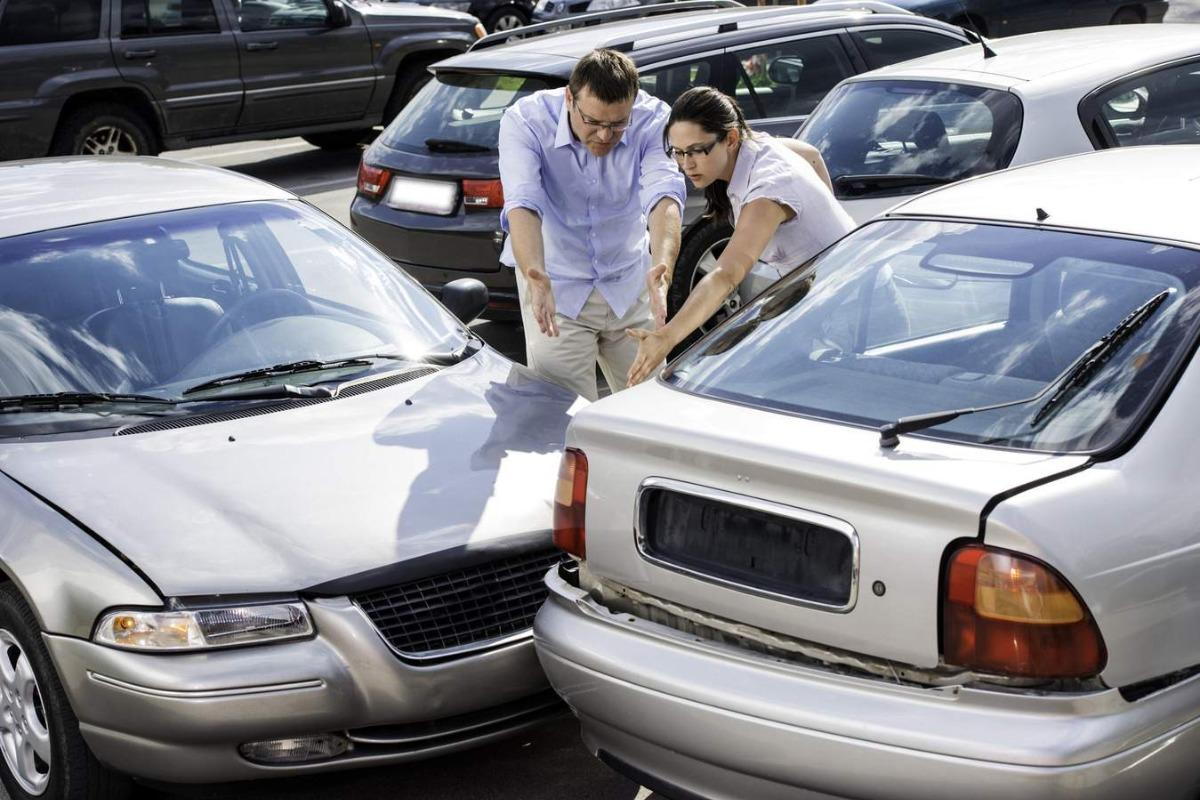
- posted: Sep. 30, 2015
In New Jersey, the law of comparative negligence comes about when an injured person shares some blame for causing the accident. This used to be called contributory negligence, and it was a harsh rule that barred an injured party from recovering any compensation if that party was in any small measure responsible.
Imagine getting into a car accident and sustaining serious injuries. Your medical bills reach $150,000 and you’re out of work so long that you lose $50,000 in earnings. Because of your pain and suffering and additional losses, you’re claiming $500,000 in total damages. But the jury decides that because you were tuning your stereo when the other car changed lanes abruptly and clipped your front end, you have to share some of the blame. The jury says you might have been able to jam on your breaks and avoid being hit if you had been focused on the road. They find you ten percent at fault, and the other driver is 90 percent at fault. Under the old rule of contributory negligence, you would get nothing.
The current law of comparative negligence prevents such harsh results. Under comparative negligence, the jury looks at what happened and apportions fault for the accident. If the jury finds a plaintiff is 50 percent or less at fault, that plaintiff can collect damages in proportion to the other driver’s fault.
In our example above, you could collect 90 percent of your half-million dollars in damages, which comes to $450,000.
Contributory negligence is a common defense which insurance companies use to get their clients off the hook for damages. If you are unprepared to deal with such a tactic, you could lose a substantial amount of your recovery or, if the jury finds you more than 50 percent responsible, lose all chance of recovering compensation.
If you’ve been injured in a car accident, a personal injury lawyer at Brown, Novick & McKinley is ready to help. To schedule a free consultation in Woodbury, NJ, call us at 856-845-7898 or contact us online.


